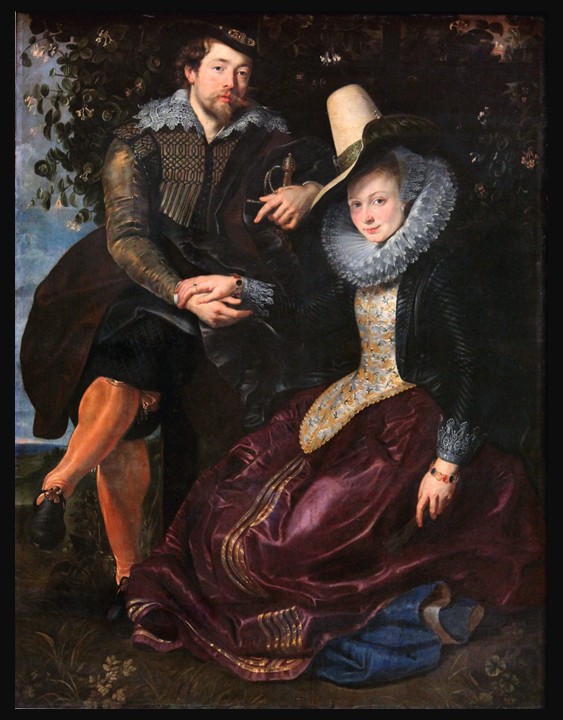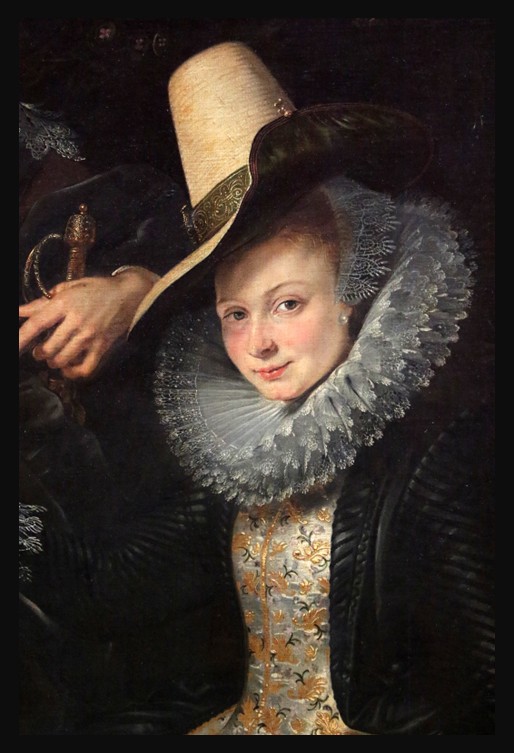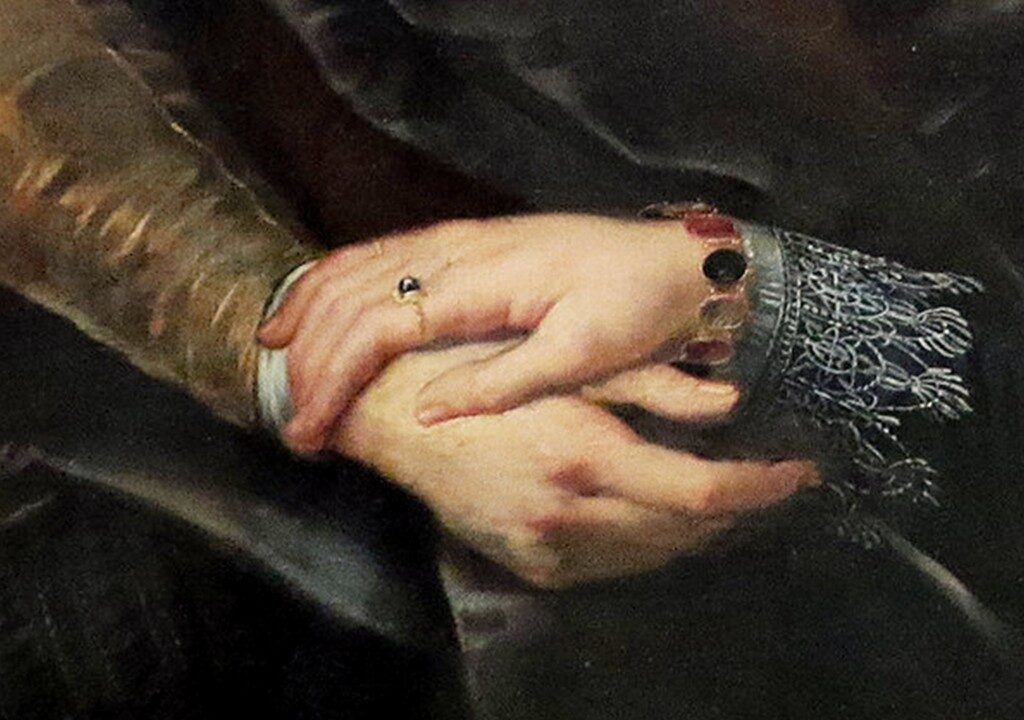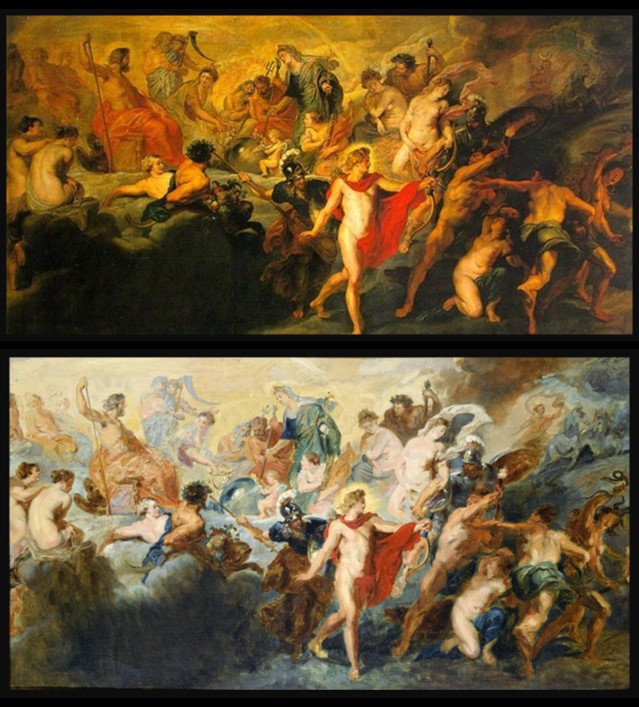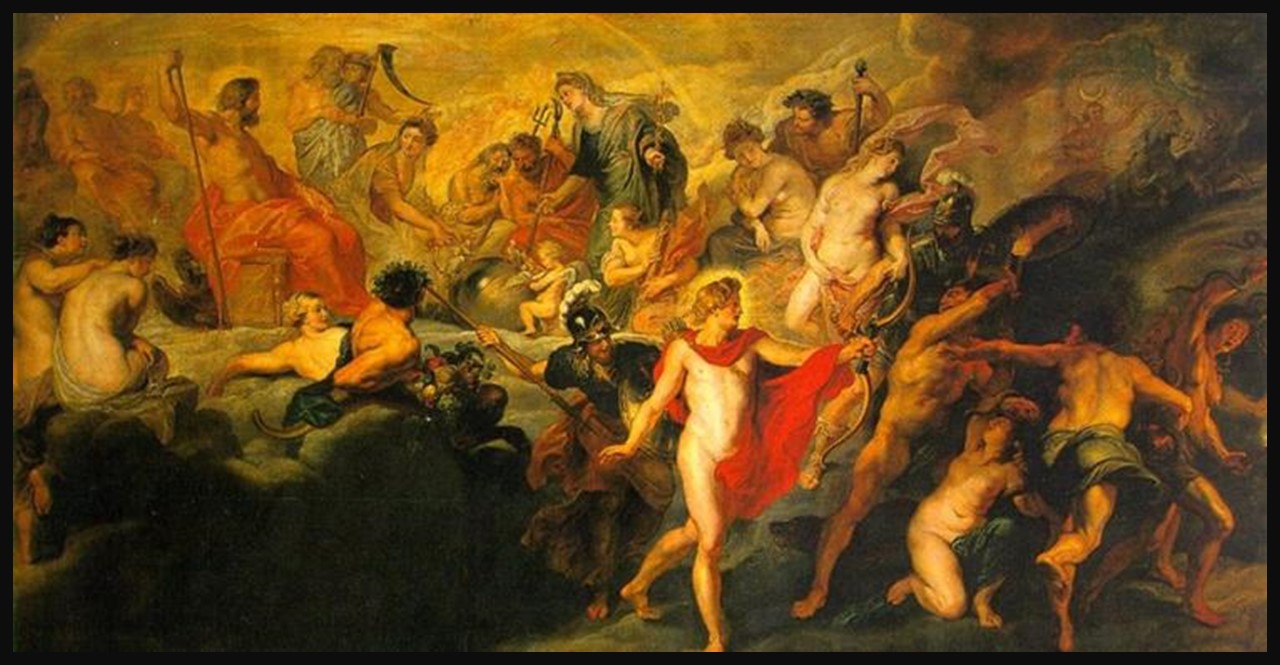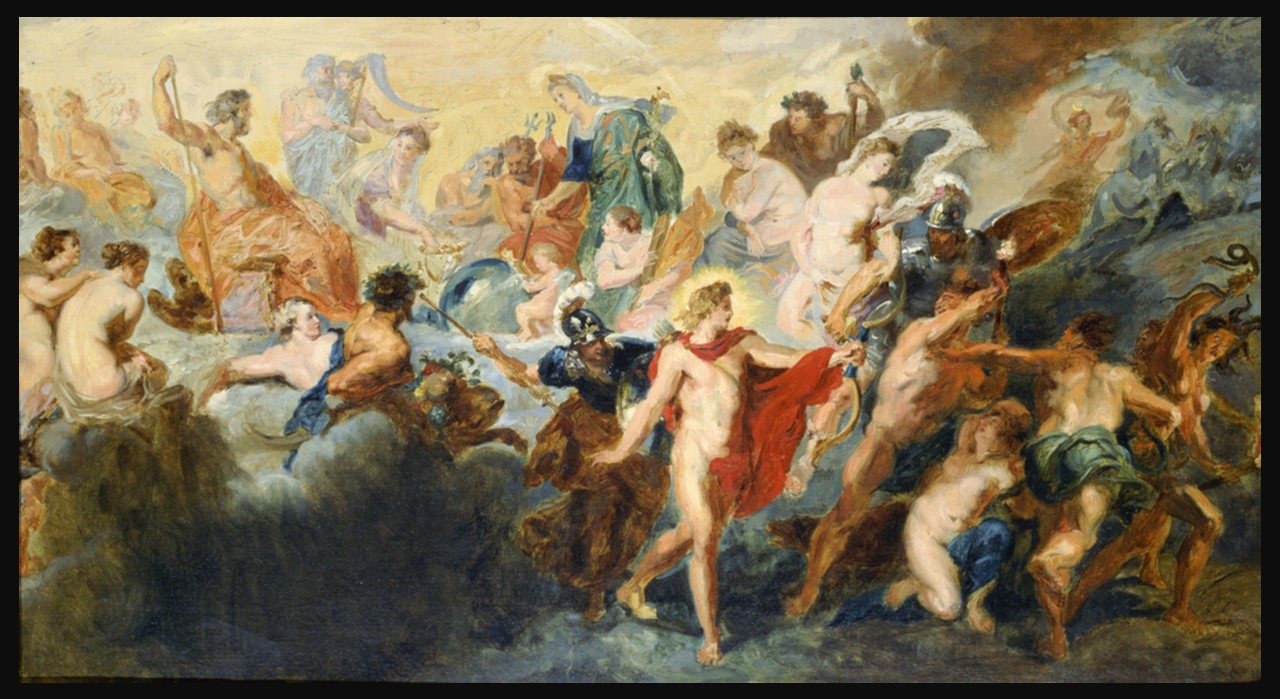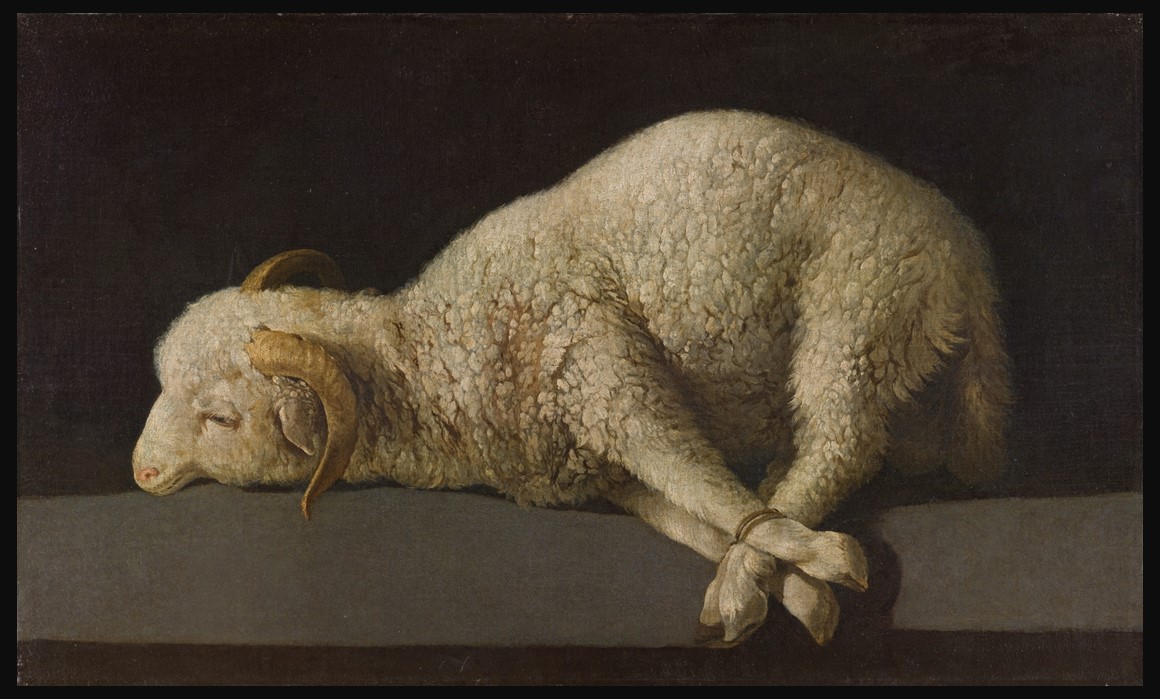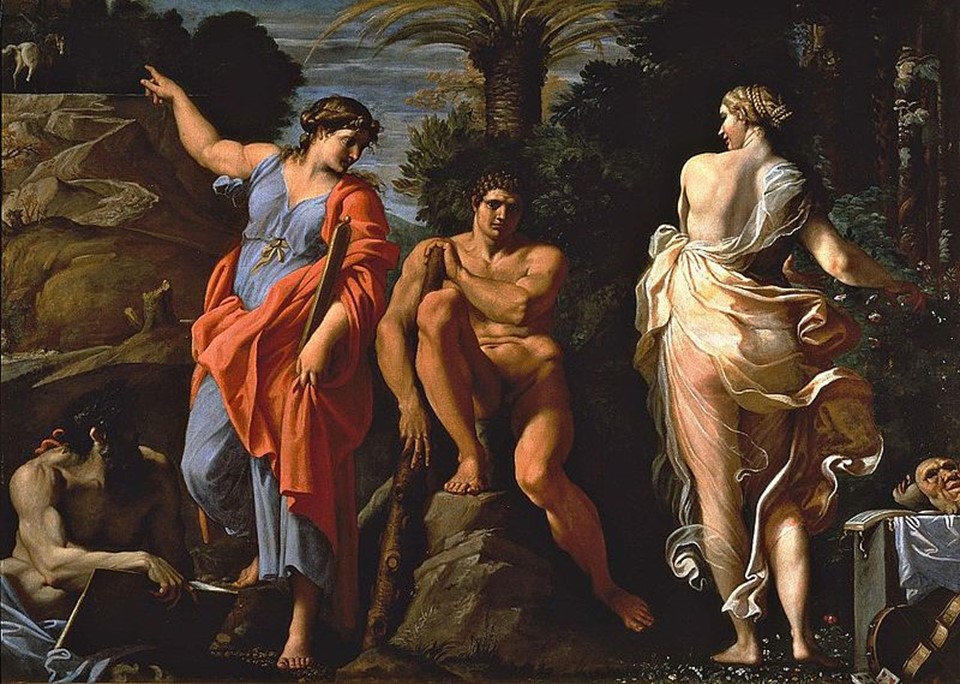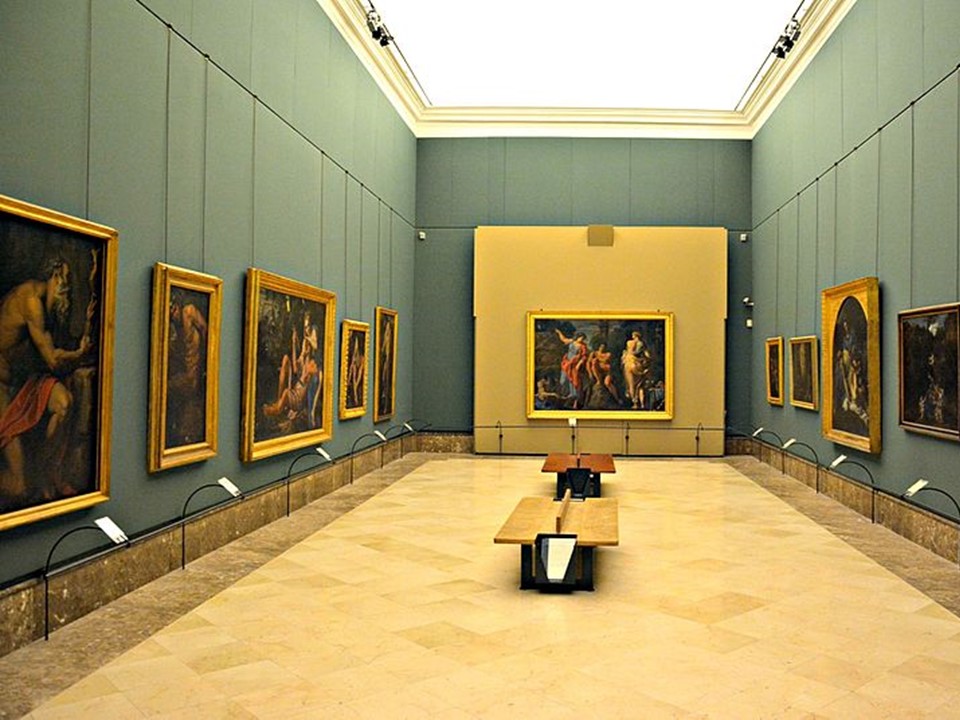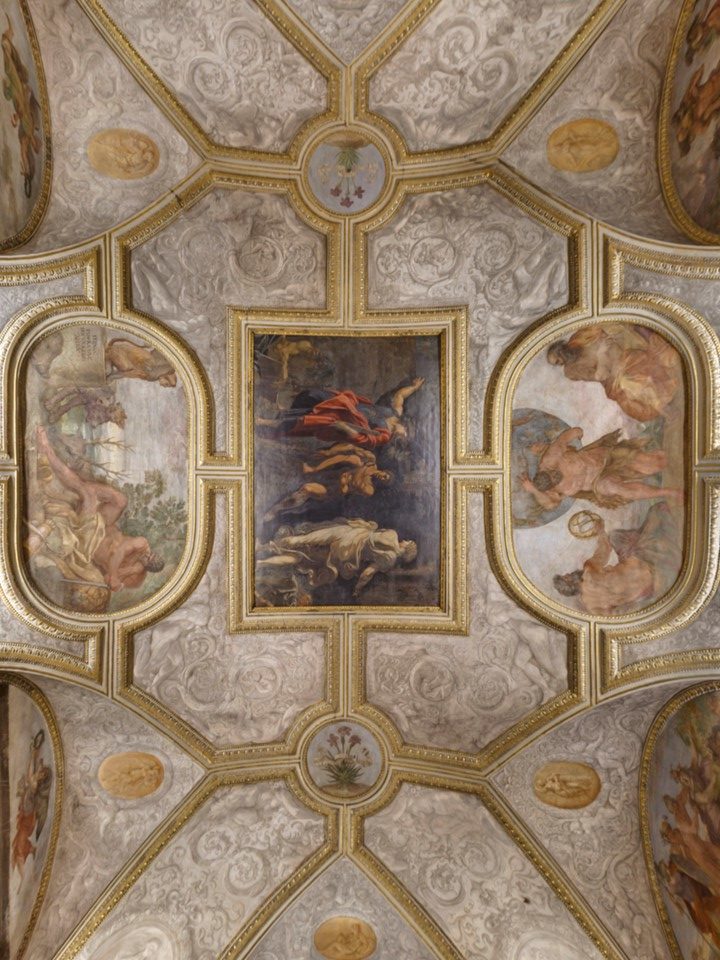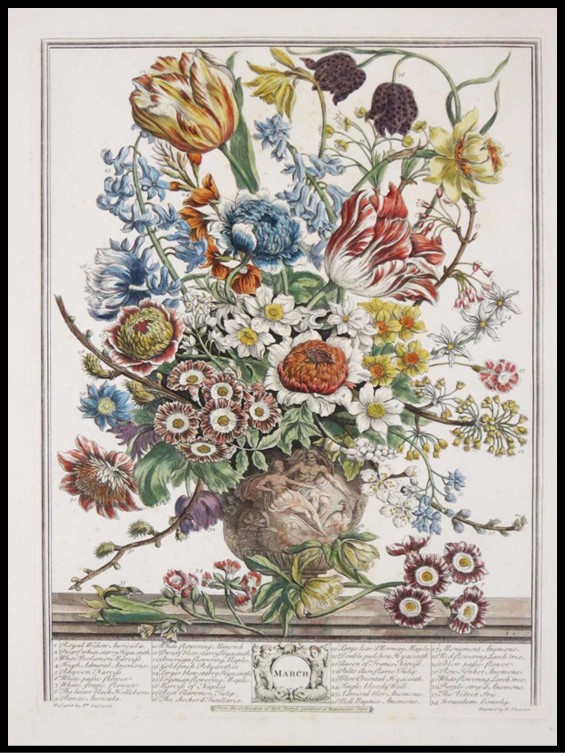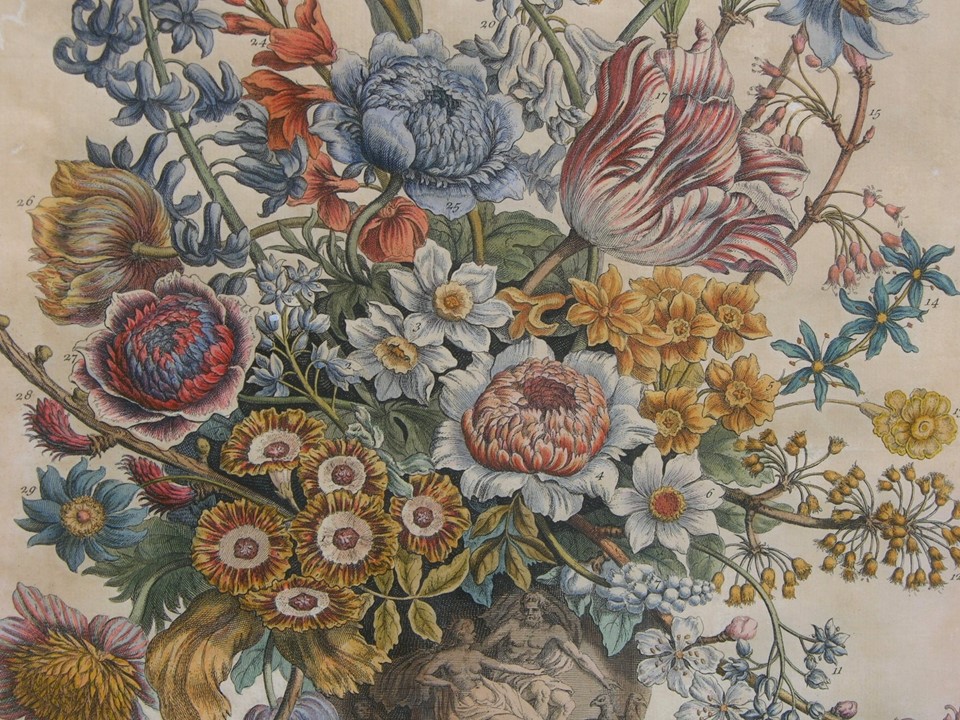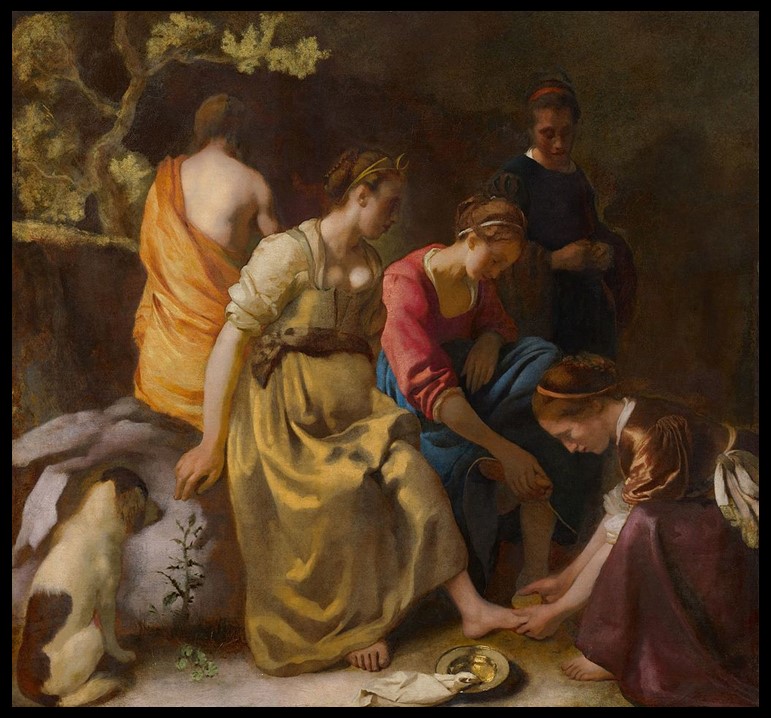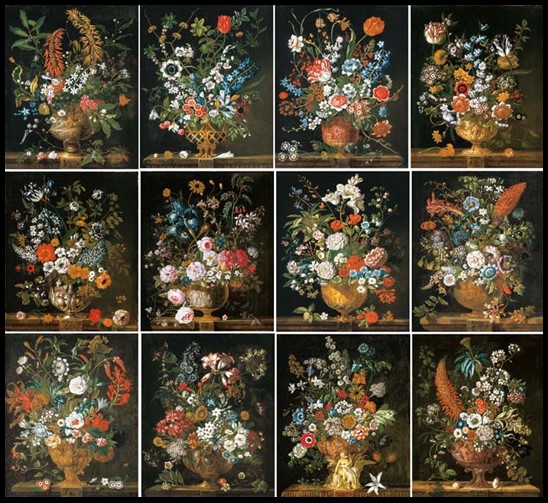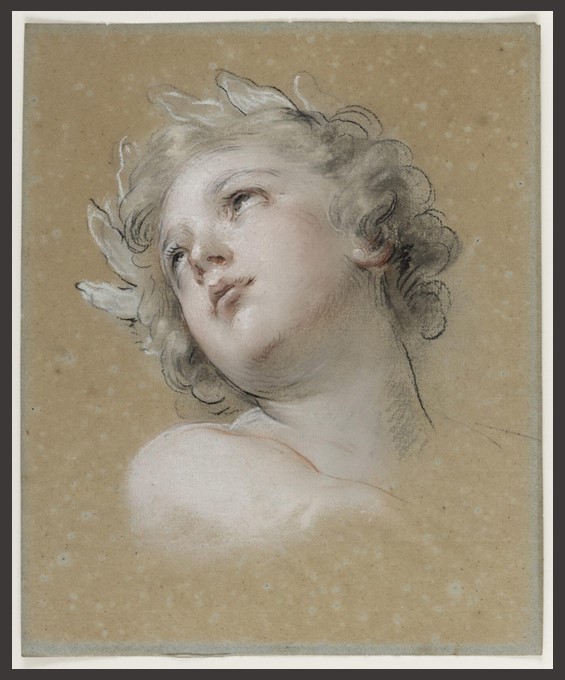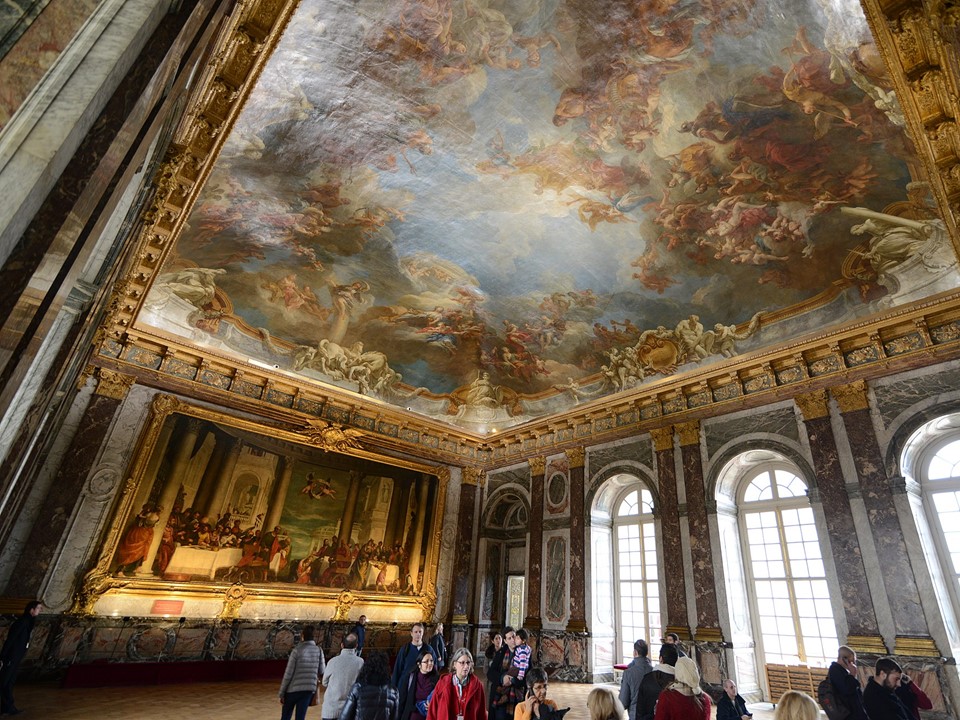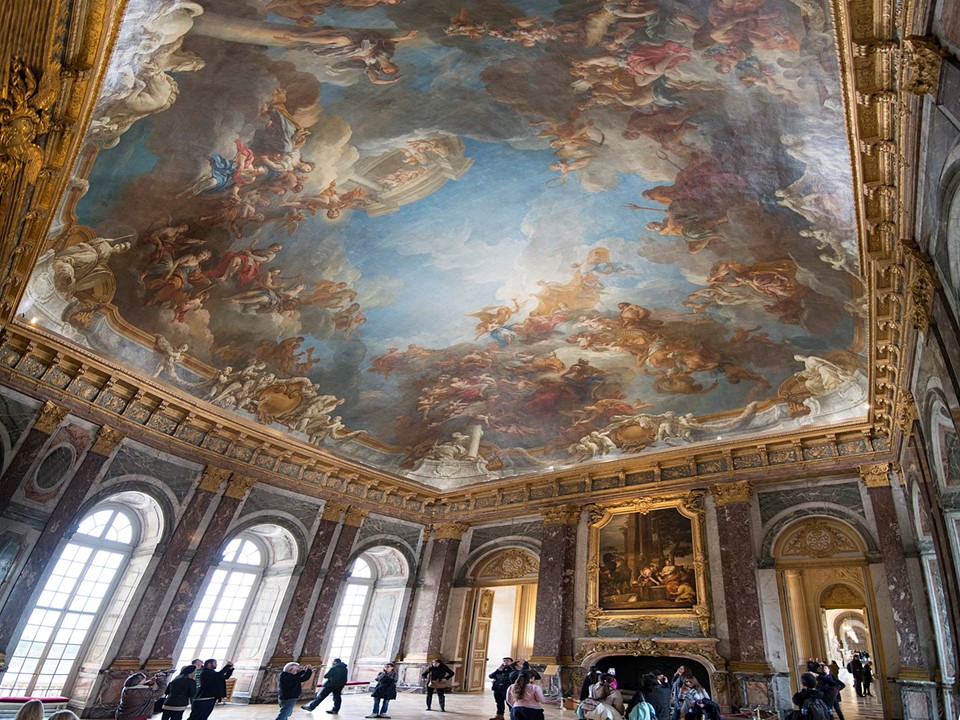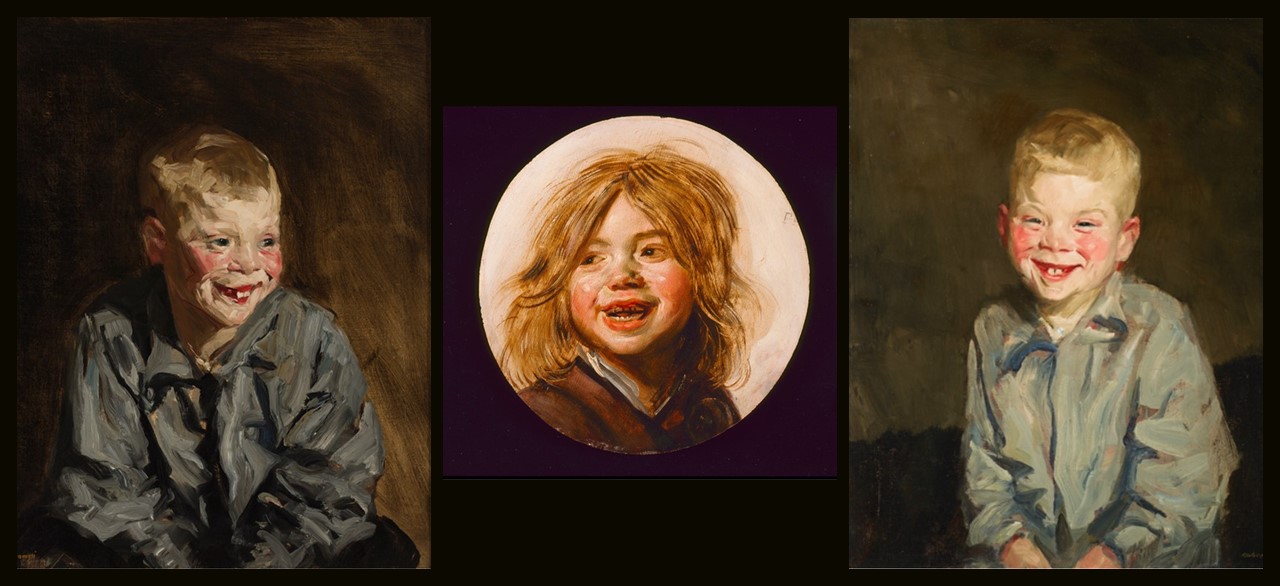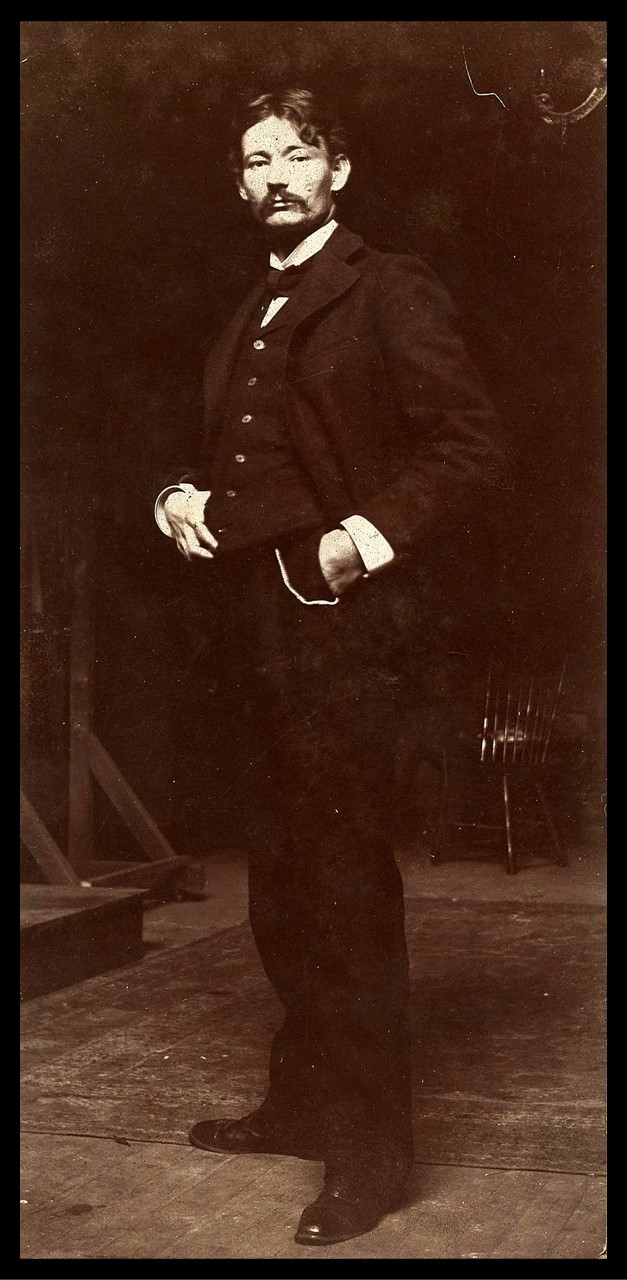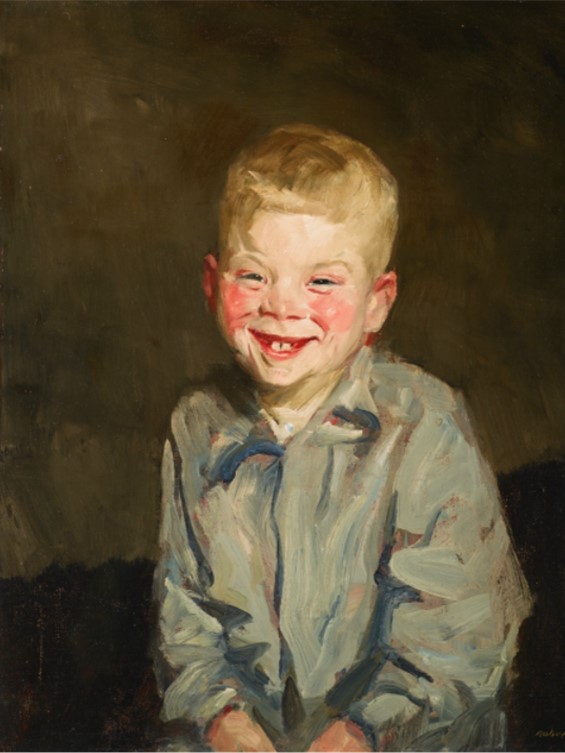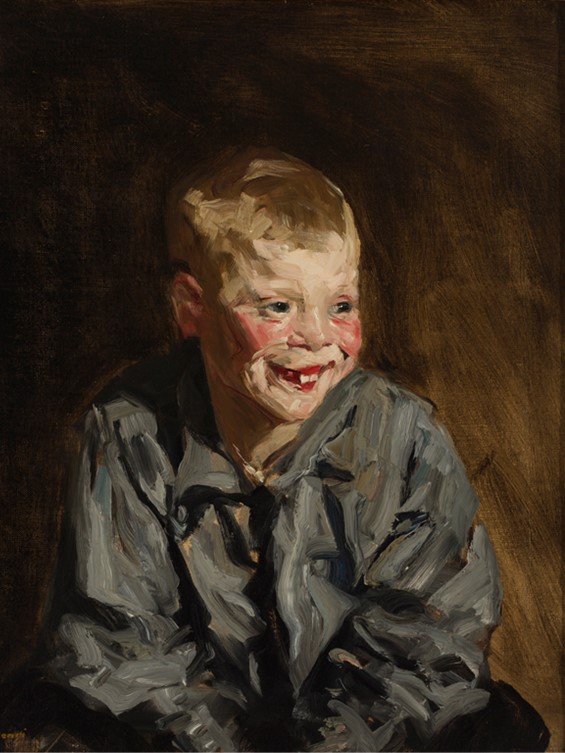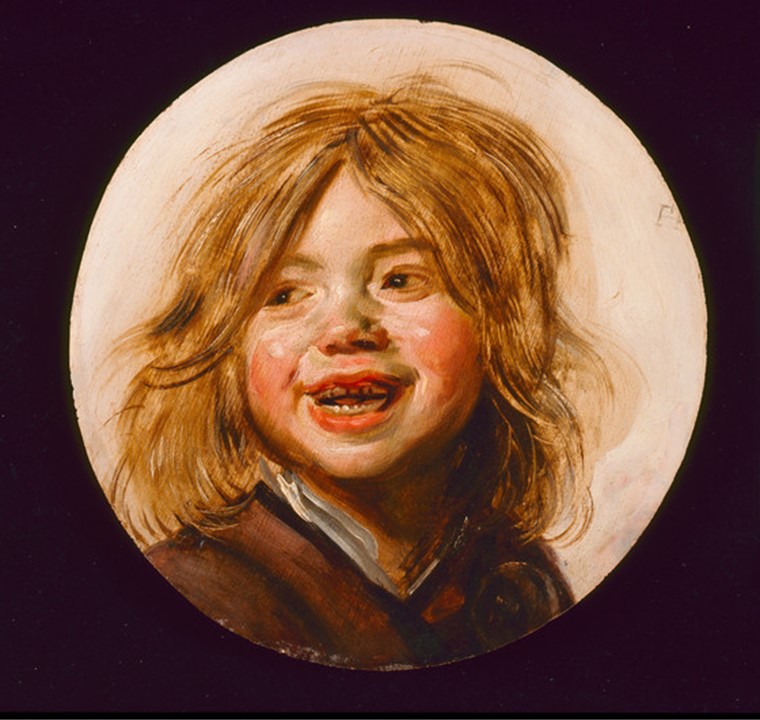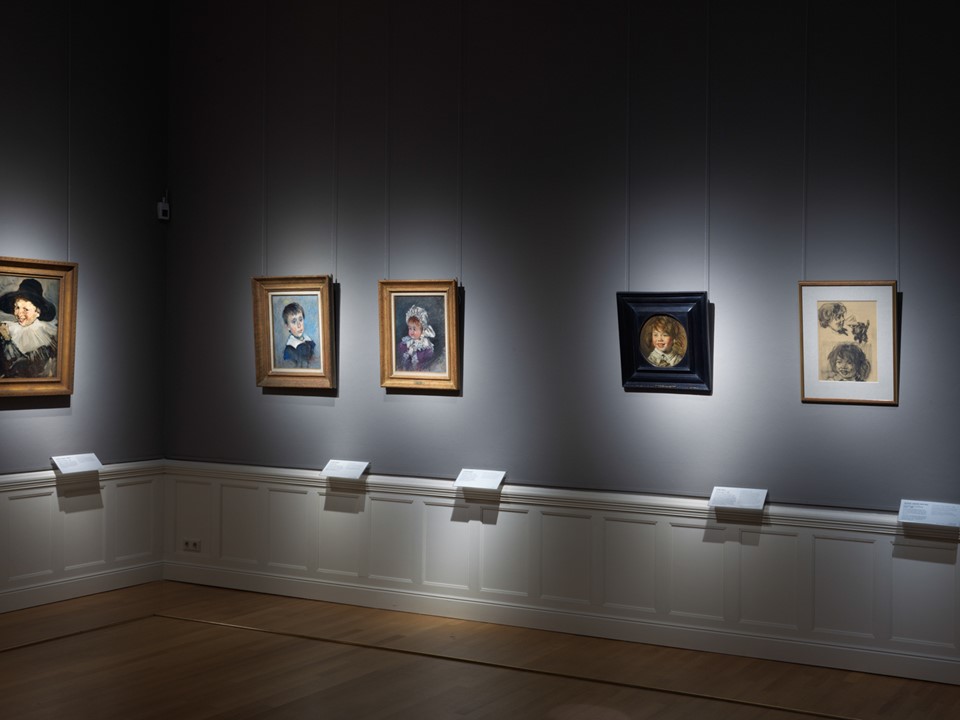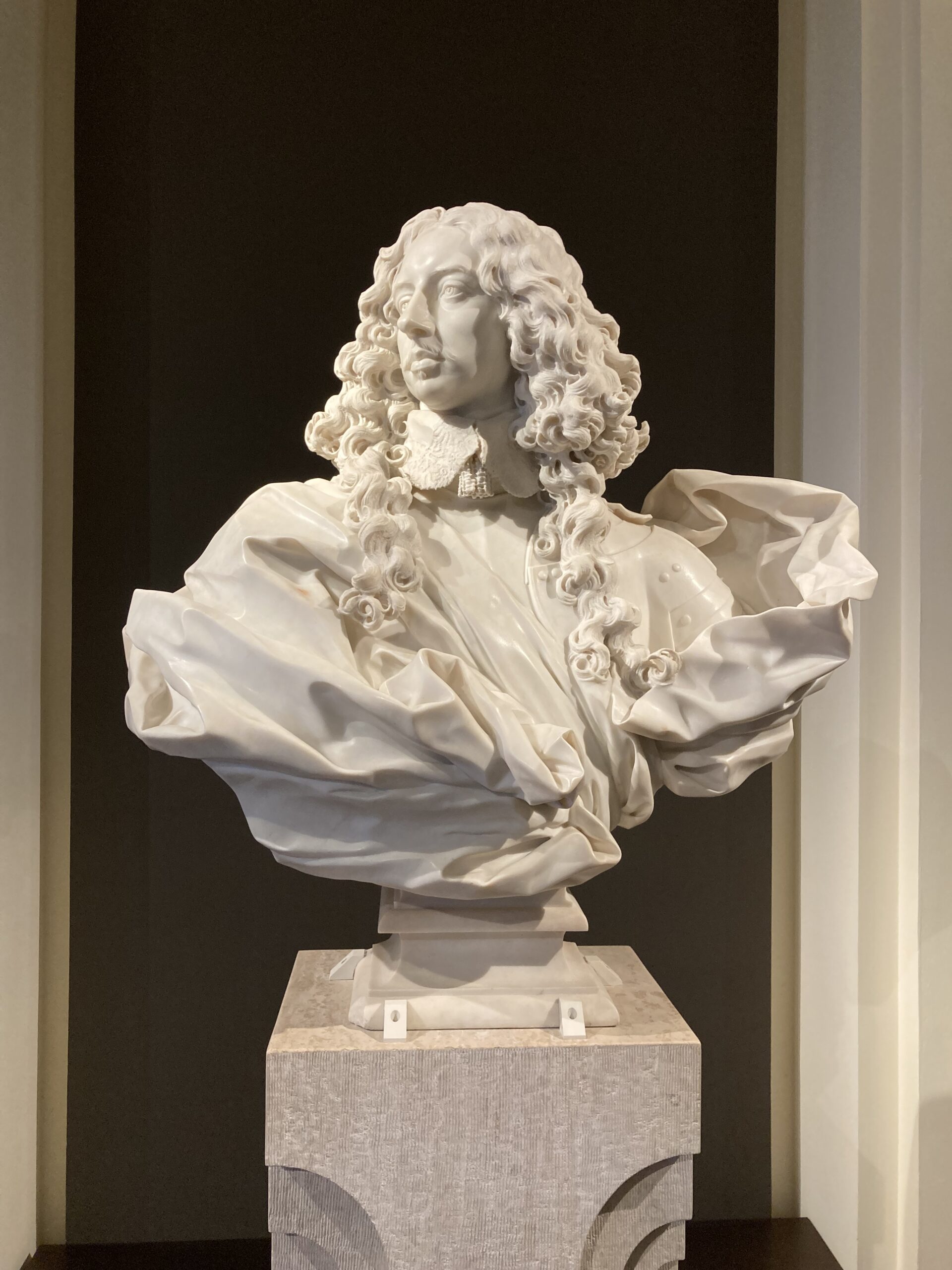
Bust of Francesco I d’Este, 1650–1652, Marble, 98 x 106 x 50 cm, Galleria Estense, Modena, Italy – Photo Credit: Amalia Spiliakou April 2025
Upon entering the Galleria Estense in Modena, visitors are greeted by a masterpiece of Baroque sculpture that sets an immediate tone of grandeur and theatricality, Gian Lorenzo Bernini’s bust of Duke Francesco I d’Este. Commissioned in the 1650s, this dazzling marble portrait is more than a likeness; it is a triumph of artistic bravura that captures the duke in a moment of almost divine command, his chest proudly thrust forward, his locks swirling with motion, and his gaze lofty and enigmatic. Bernini’s extraordinary ability to fuse idealization with vitality makes the bust an unforgettable encounter at the heart of the gallery’s collection. Decades later and miles away, the bust’s spirit found a new interpretation through the brush of Giovanni Boldini. His painting Bust of Francesco I d’Este after Gian Lorenzo Bernini, now in the National Gallery of Art in Washington, D.C., revives the sculpture’s theatrical essence in painterly form—transforming cool marble into a vibrant, expressive study of light and form. Boldini, known for his flair and fluid technique, pays homage not only to Bernini’s virtuosity but also to the enduring legacy of Baroque splendor.
In August 1650, Duke Francesco I d’Este of Modena commissioned Gian Lorenzo Bernini to sculpt his portrait in marble. Initially, Bernini was reluctant to undertake the project without meeting the Duke in person, considering it an “almost impossible” task. However, with the persistent intercession of Cardinal Rinaldo d’Este, the Duke’s brother, Bernini agreed, provided he received multiple portraits of the Duke and precise measurements of his height and shoulder width. Consequently, two profile portraits by Justus Sustermans were sent to Rome, while a frontal portrait by Jean Boulanger did not arrive in time. Bernini began sculpting in August 1651 and completed the bust by September. The sculpture arrived in Modena in November, and upon unveiling, the Duke was so impressed that he paid Bernini 3,000 scudi—the same amount Pope Innocent X had paid for the Fountain of the Four Rivers in Rome. This generous payment not only reflected the Duke’s satisfaction but also underscored his ambition to elevate the cultural stature of the Este court through patronage of renowned artists.
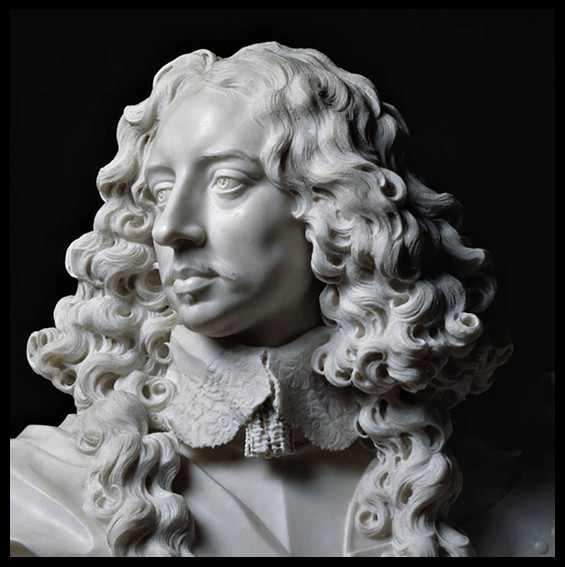
Bust of Francesco I d’Este, 1650–1652, Marble, 98 x 106 x 50 cm, Galleria Estense, Modena, Italy https://ducatoestense.com/en/beni-storici-artistici/bust-of-duke-francesco-i-deste/
Bernini’s bust portrait of Francesco I d’Este stands as a quintessential example of Baroque art, embodying the movement’s defining traits of dynamism, theatricality, and grandeur. Far from being a static likeness, the sculpture radiates energy and authority: the Duke’s chest swells with pride, his elaborate curls cascade in dramatic motion, and his expression conveys both noble detachment and inner vitality. Bernini masterfully transforms marble into a living presence, infusing the work with psychological depth and an almost divine aura. This portrait doesn’t merely represent Francesco—it exalts him, turning the Duke into a timeless symbol of princely power and ambition. In doing so, Bernini demonstrates how sculpture in the Baroque era was not just about capturing appearances, but about commanding emotion and crafting an idealized image of rulership through the language of art.
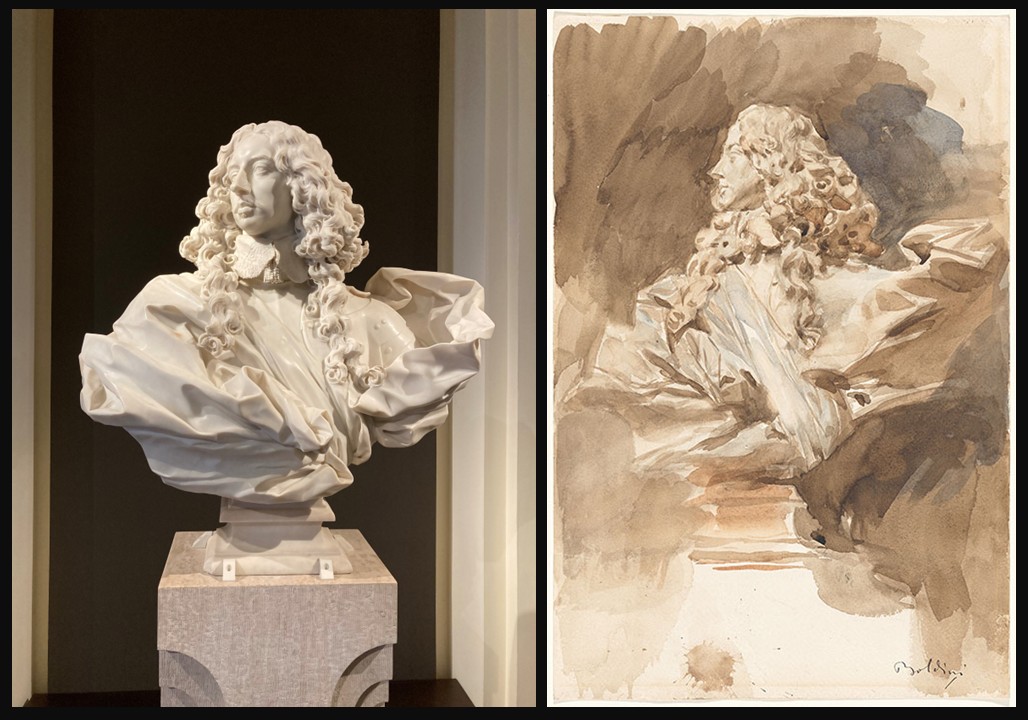
Bust of Francesco I d’Este, 1650–1652, Marble, 98 x 106 x 50 cm, Galleria Estense, Modena, Italy – Photo Credit: Amalia Spiliakou April 2025
Giovanni Boldini, 1842-1931
Bust of Francesco I d’Este after Gian Lorenzo Bernini, c. 1890/1900, brown and blue washes on ivory wove paper, 45.5 x 30.4 cm, National Gallery of Art, Washington DC, USA https://www.nga.gov/press/acquisitions/2022/boldini.html
In the late 19th century, Giovanni Boldini, celebrated for his dynamic and elegant portraits, created a wash drawing titled Bust of Francesco I d’Este, inspired by Gian Lorenzo Bernini’s renowned marble sculpture. Executed around 1890–1900, during Boldini’s flourishing career in Paris, the drawing captures the essence of Bernini’s Baroque masterpiece through expressive brown and blue washes on ivory wove paper. Boldini’s rendition emphasizes the dramatic curls and vigorous movement of the original bust, portraying the head in full profile while simplifying certain elements, such as omitting the lace collar and armor. This approach highlights Boldini’s theatrical style and his ability to convey vitality and motion, aligning with the gestural tendencies of contemporaries like John Singer Sargent. The drawing not only pays homage to Bernini’s work but also reflects Boldini’s exploration of abstract form, bridging 19th-century impressionism and the gestural styles that would influence 20th-century modernism. Acquired by the National Gallery of Art in 2021, this piece enriches the museum’s collection, illustrating the enduring impact of Baroque artistry on later generations
For art lovers, the Galleria Estense in Modena offers more than a collection, it offers a journey into the heart of artistic brilliance, where Bernini’s bust of Francesco I d’Este greets visitors with imperial flair and sculptural poetry. Its enduring legacy, later reimagined through the fluid hand of Giovanni Boldini, reminds us that true masterpieces do not merely survive the passage of time—they continue to speak, to inspire, and to live on in new and unexpected forms.
For a Student Activity on Gian Lorenzo Bernini’s Bust of Francesco I d’Este, and Giovanni Boldini painting of Francesco’s Bust, please… Check HERE!
Bibliography: https://ducatoestense.com/en/beni-storici-artistici/bust-of-duke-francesco-i-deste/ and https://www.nga.gov/press/acquisitions/2022/boldini.html
